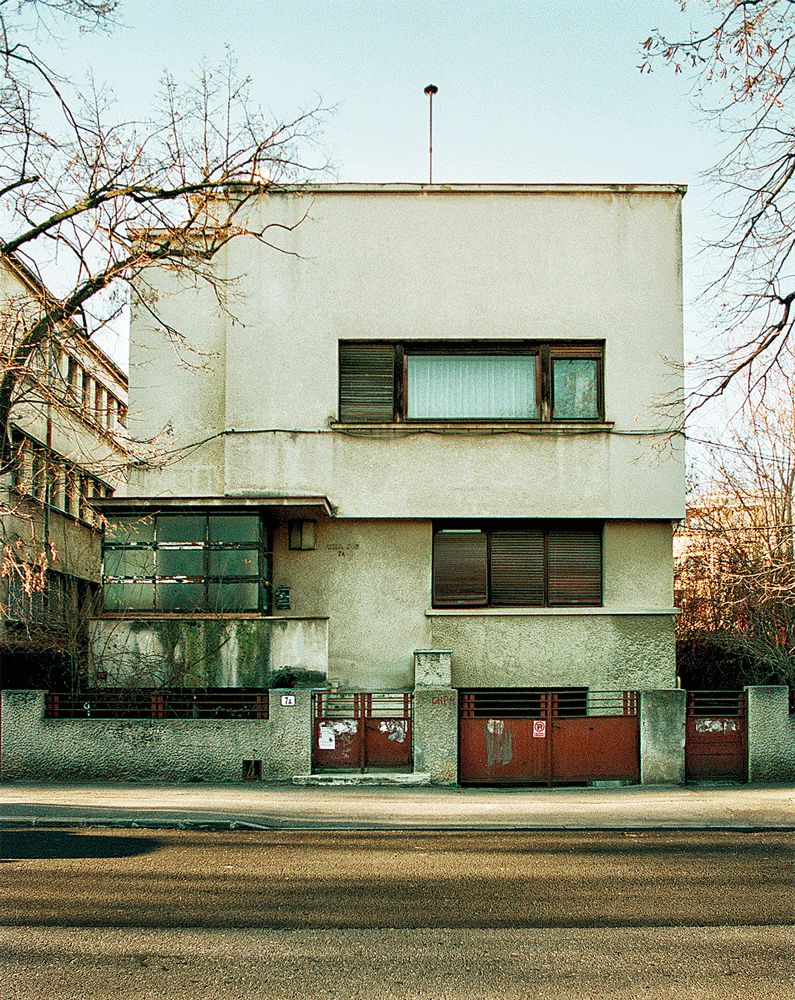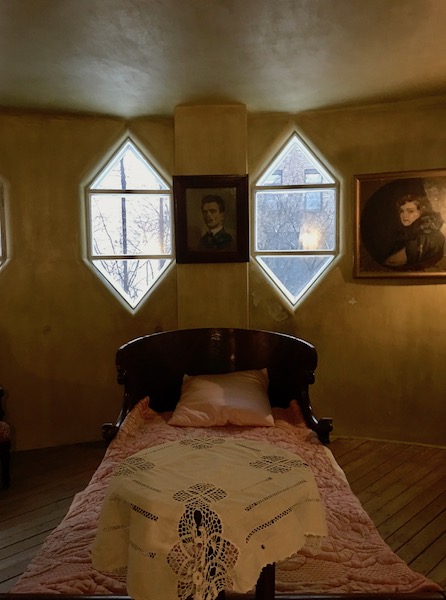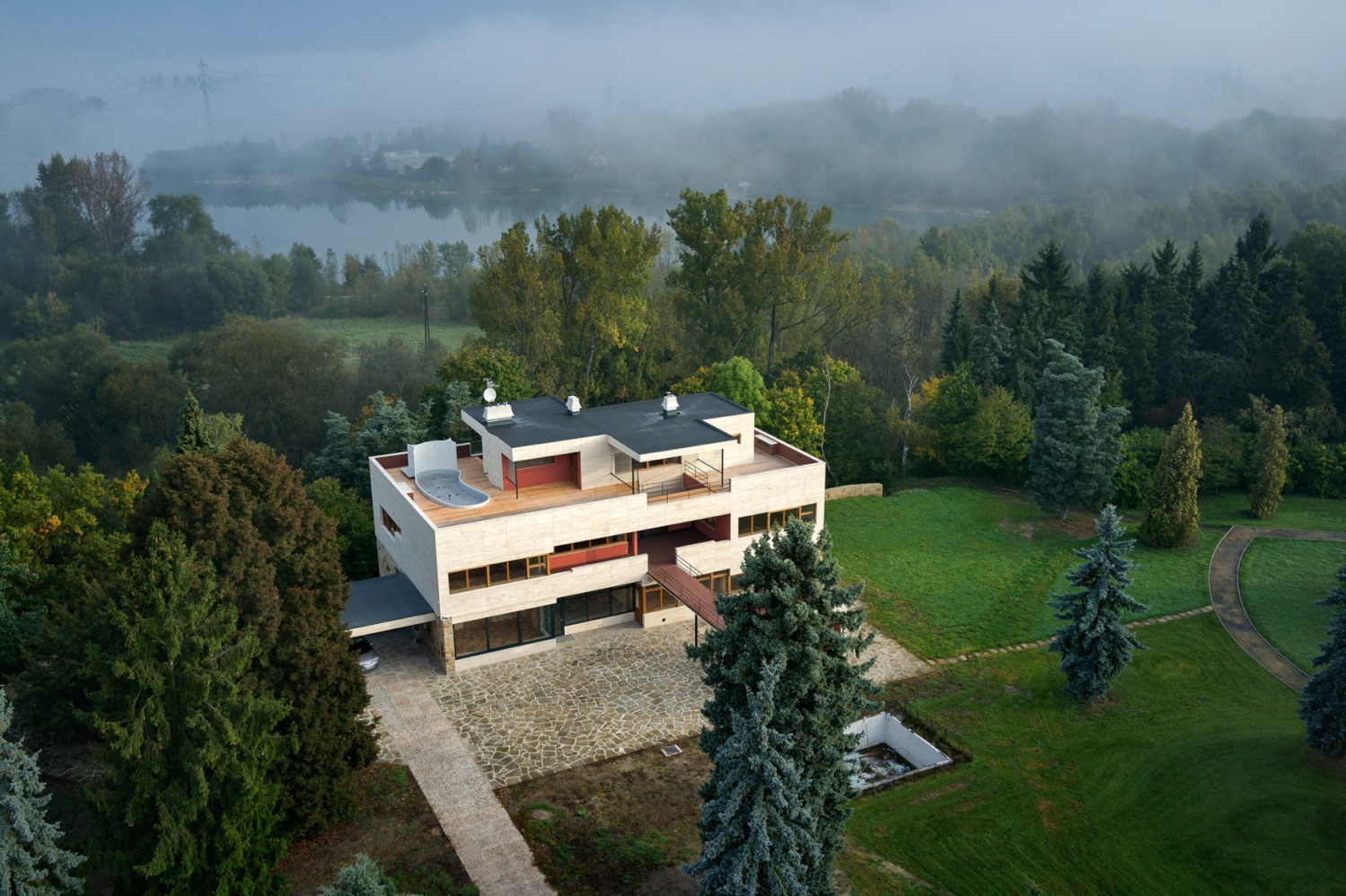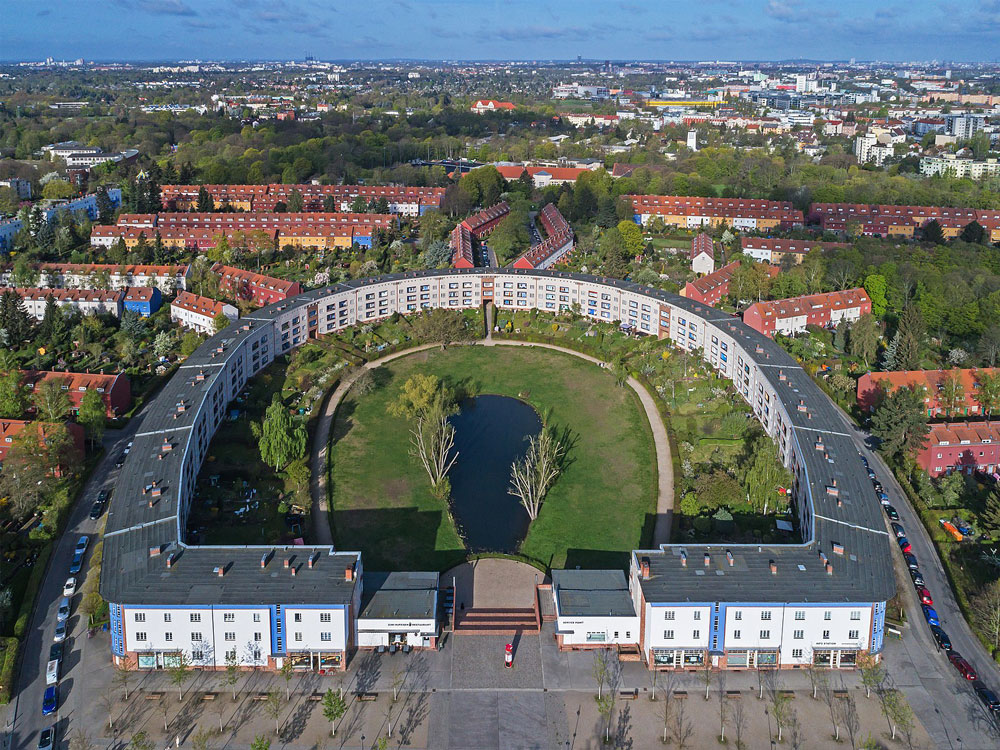Modernist Bucharest
Bogdan Anghel, an architectural photographer and art director working in the advertising industry is fascinated by Romanian Modernism in his home city, Bucharest. His mission is to celebrate the ‘amazing landscape of Modernist architecture’ and to be a call to act on the level of degradation of Modernist buildings and the urgent need for their conservation.’ Greyscape asked him about what fuels that fascination and to share with us some of his favourite photos.
Moldovan villa by Ion Boceanu 1934
What steps are you taking to increase recognition of the need to protect Modernist buildings in Bucharest?
I’m documenting them as they form such an important part of our heritage. Taking photos which are easily accessible increases awareness amongst the general public which helps encourage a higher level of appreciation of their importance.
Why does Modernist architecture particularly interest you?
First, the aesthetics which is in tune with my overall view of architecture and how the built environment should look as part of our society. I like to think of buildings as an extension of ourselves when a design is working well it should create the right context for our development as human beings. Design should derive from purpose, be simple, light and innovative. It should also be true to its materials and there should not be unnecessary ornamentation.
I also find the age of a building is part of what makes it fascinating, I’m constantly reminded that we all have an obligation to actively protect these modernist buildings not least because they are degrading before our eyes.
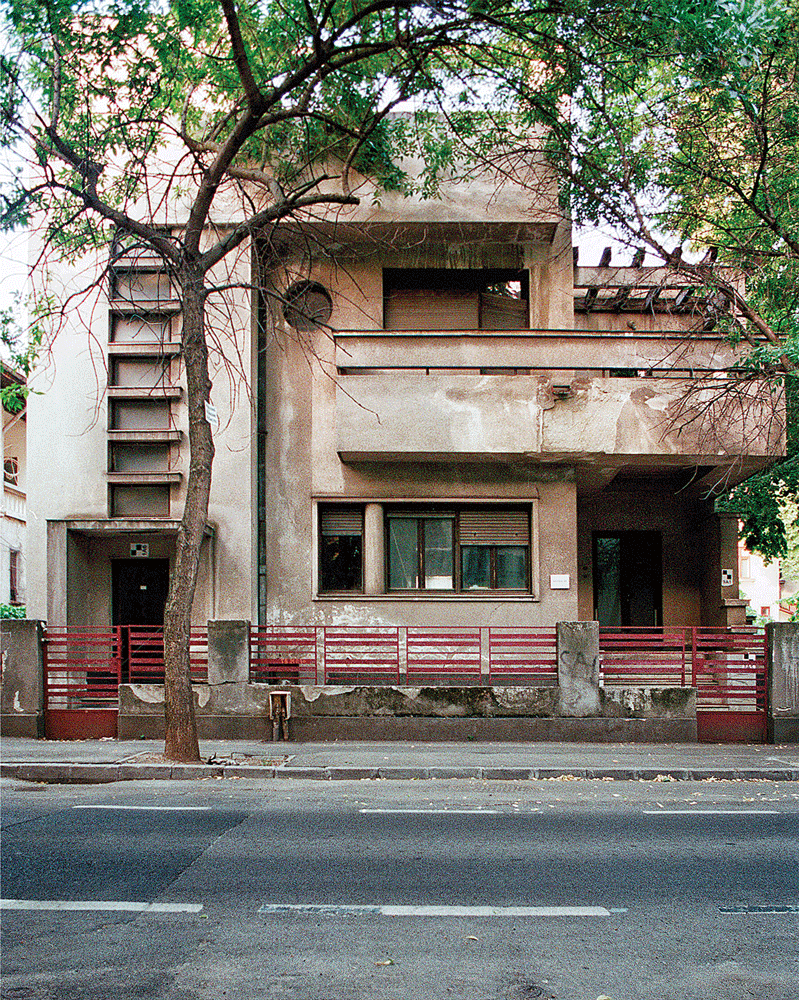
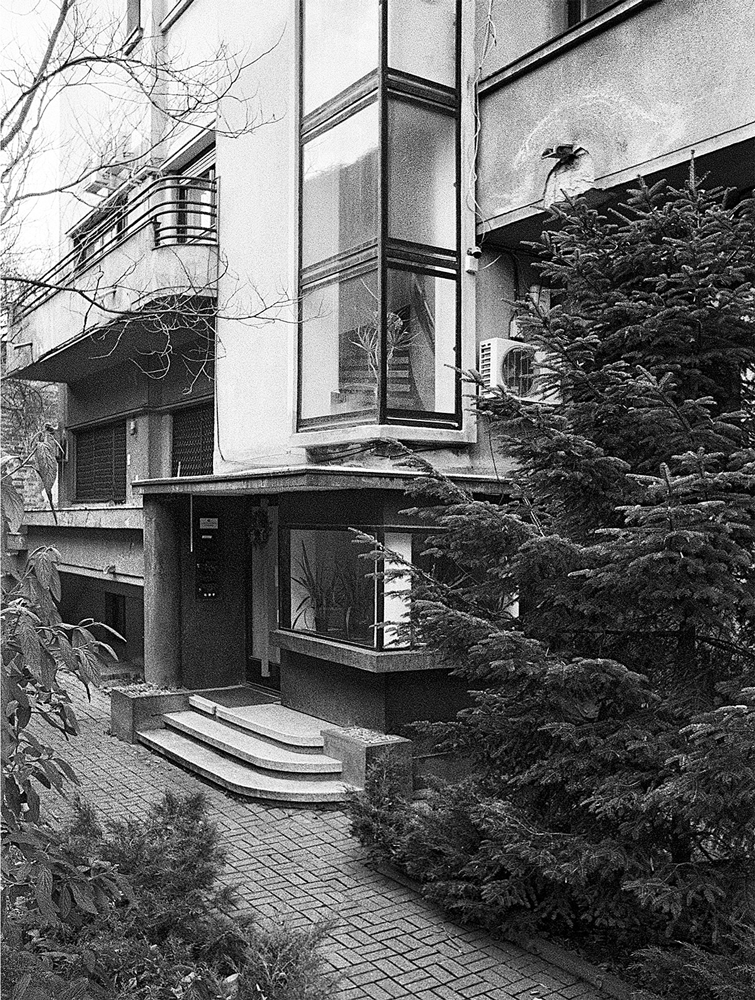
Where does Modernism sit in the cityscape?
Bucharest was, and remains, a mix of different styles such as neoclassical, Byzantine, Neo-Romanian and Neo-Gothic. Like a jewel in the crown in the middle of it all sits Modernism, offering coherence and simplicity, it is not unlike a jigsaw puzzle, all the architectural styles sitting side by side.
The new generation of post-WW1 Romanian architects put their Modernist stamp on the city. Their ideas had been shaped in Bucharest, during their education at the National School of Architecture but also in France, Germany and Italy.
They modified the language of the Modern Movement to respect local Romanian cultural and social conditions. Whilst this didn’t develop into its own style of Modernist design it certainly played out in the way the local architects thought.
Can you share an example?
Bucharest’s Boulevard Gheorghe Magheru, combines shops and residences as well as hotels, cinemas and theatres. It was designed in the spirit of Modernism, creating a sense of unified urban architecture. This was in contrast with other European capital cities, whose historic centres had been long established.
“A sincere and simple expression of modern needs, this is our architecture. It expresses beauty through simplicity and usefulness through comfort. This art is not fashionable whim, the utilitarian and the pleasurable are old truths.”
Horia Creanga, Romanian Modernist
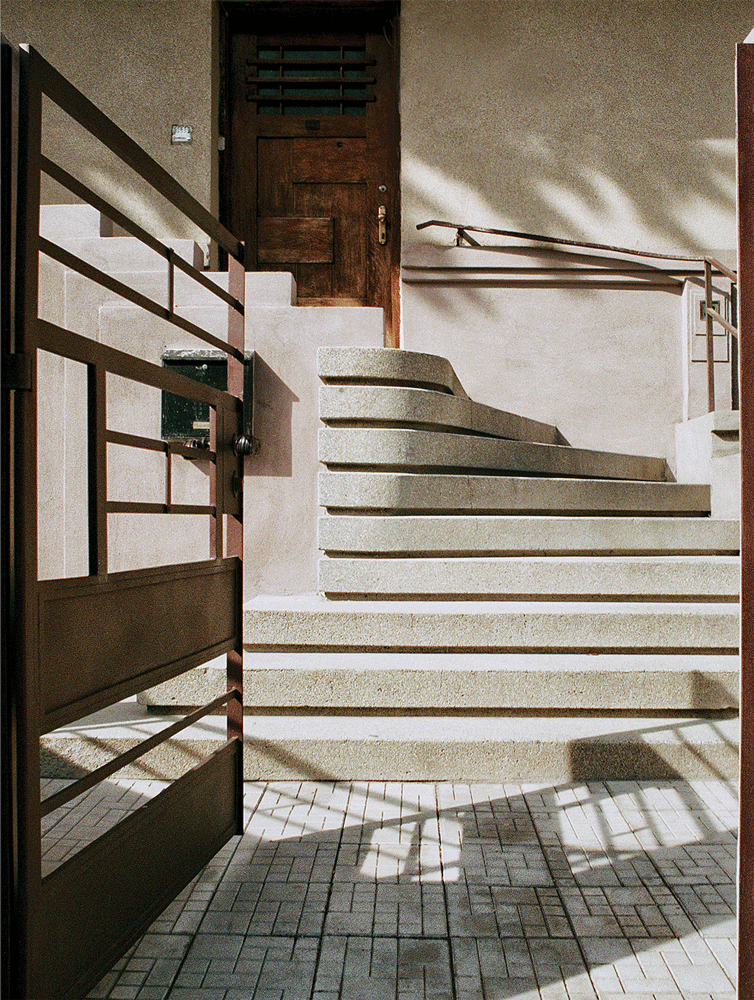
Was there a political aspect to the designs or the motivation of the architects?
The new wave of architects were less radical than their German cousins, it was rarer for them to engage in projects with a social aspect such as social housing or large scale urban change, they were more involved in private commissions for wealthy clients as well as for large and public companies.
They were often intellectuals and nonconformists from the progressive upper middle class. This played out sometimes in complex ways. Most of the residential buildings built in this period unwittingly became a series of compromises, not necessarily benefitting the actual people who were supposed to live in them.
Most of the Modernist architecture in Romania was built before the communists came to power in 1947. Some architects remained active under the new regime but only with smaller projects
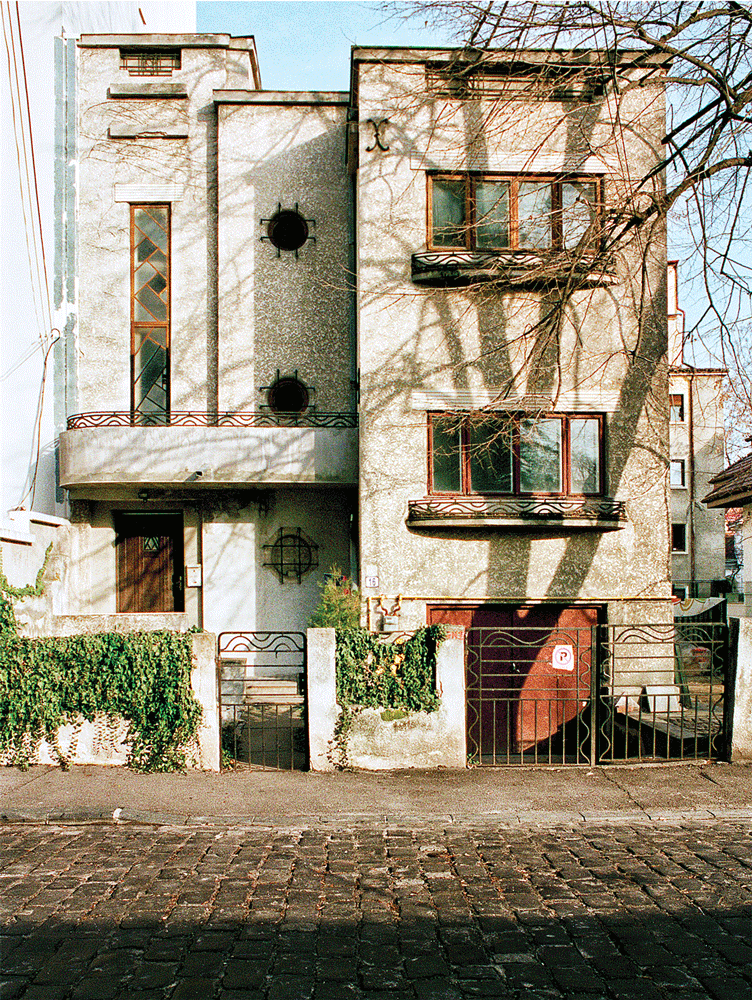
Who should fans of interwar Modernism and the avant-garde check out in advance of a visit to Bucharest?
Architects who rose to prominence included Horia Creanga, Duiliu Marcu, Jean Berindey, Marcel Janco, Nicolae Cucu, Octav Doicescu and Tiberiu Niga, they gave a new identity to the Romanian landscape of architecture.
The interwar period was a time of great growth for Romania, both in cultural terms with the influence of avant-garde artists such as Constantin Brancusi, Max Mary, Marcel Janco, Tristan Tzara, Militia Patrascu, Ion Vinea, and Victor Brauner
Bogdan adds a note of caution: but bear in mind those long 41 years spent trapped in Communism meant that Romania did not properly reconnect with the values and aspirations of Modernism even after 1989. The intervening years were a missed opportunity. The idea of heritage was not valued which still impacts today and this is why we need to continue to work to change people’s perception. During the communist era, many Modernist buildings in the city were used by the Communist Party as official state buildings, they had in effect undergone a change of use but more than that in people’s minds the Modernist style was associated with the infrastructure of the communist regime.
The city’s resident’s accommodation also changed profoundly, and collective housing was thrown up around the city. Moving to one of these homes was not a matter of choice, people were forced to accept this situation as there were no alternatives or at least alternatives most people could access. Many of these housing complexes were shaped in the spirit of Socialist Modernism, I see them as big Socialist Modernist sleeping districts.
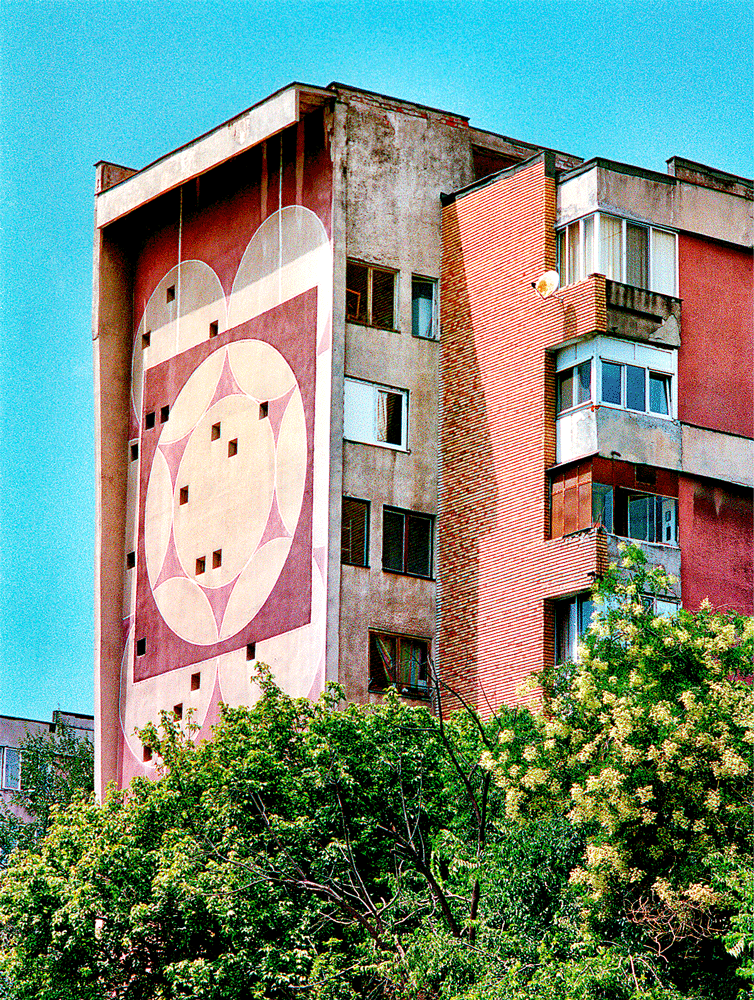
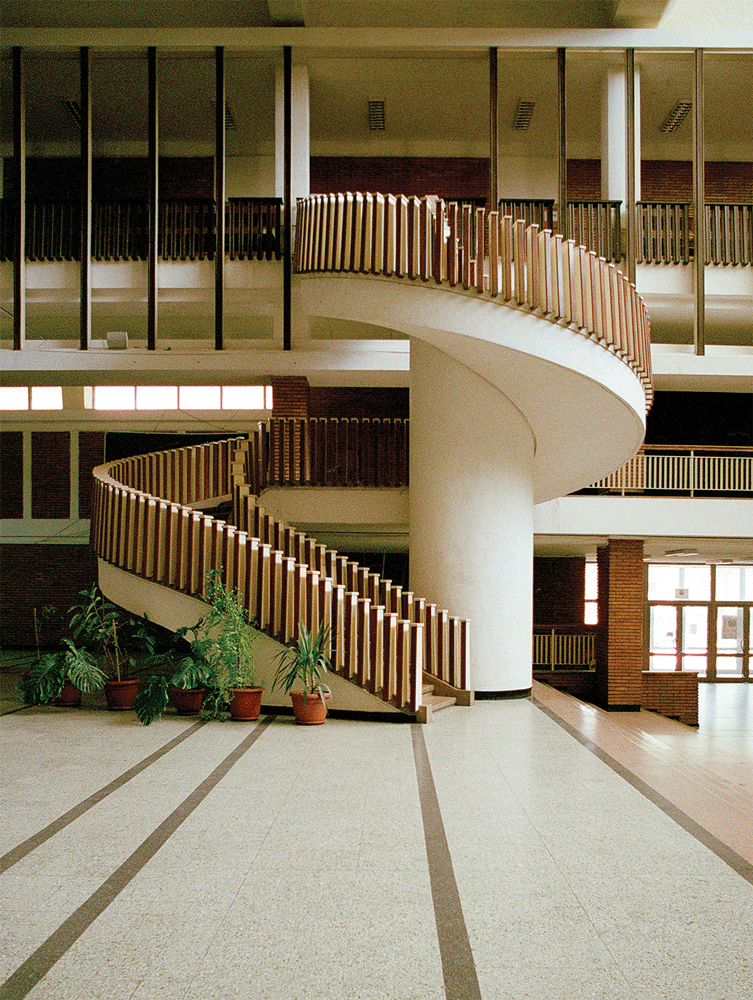
What is the driver for your interest in architecture?
I believe architecture is a powerful force within our society and has a big impact on our development as human beings. From early on we are influenced by the spaces we live in. What we see when looking out of the window, where we play, how we relate to our neighbours, how we use the common spaces, how we share the interior space of our homes with our families, all of these things shape our personality.
What’s your favourite medium for taking photos?
I shoot exclusively on 35mm film, I consider this medium to be perfect for capturing and translating the beauty of Modernism.
On a need to know basis, Bucharest has some great coffee spots, do you have a favourite?
Out and about any tips for great buildings to photograph?
There are some great examples from the interwar years and 1968
Thanks! You can find them up on our Greyscape Bucharest Location Map!
Bogdan’s Photos are on display at Artichoke Coffee and Visual Arts Space until May 2019 Calea Victoriei 45, Central Bucharest (find this on the Greyscape location map)
Find Bogdan at www.bogdananghel.com and on Instagram at www.instagram.com/bogdananghel/
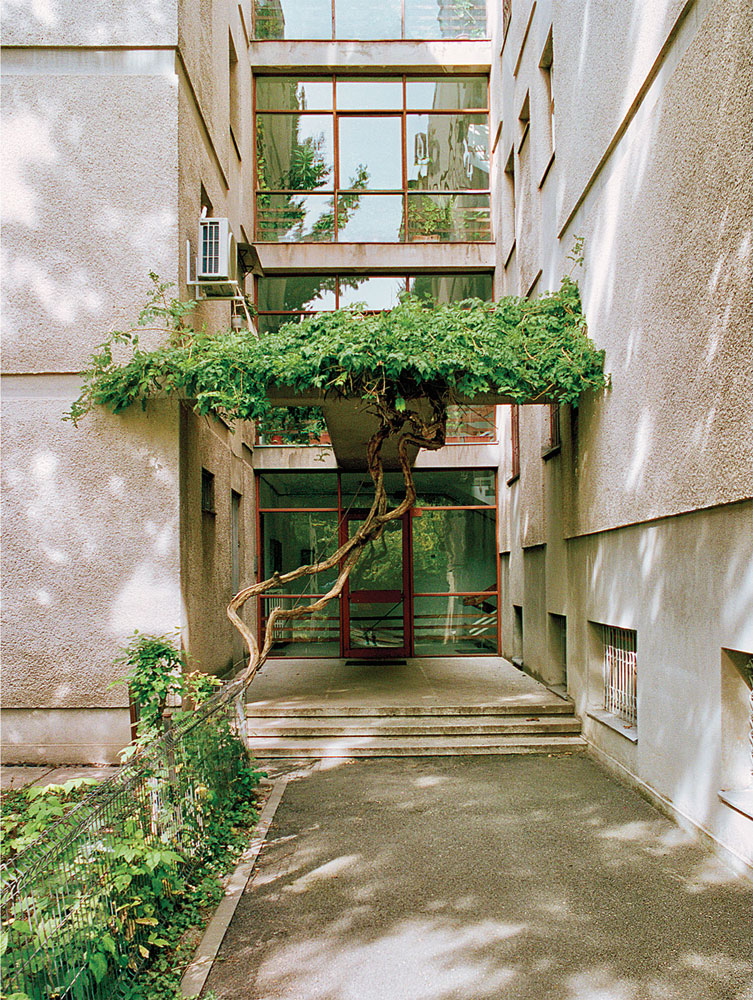
All images Copyright of Bogdan Anghel




